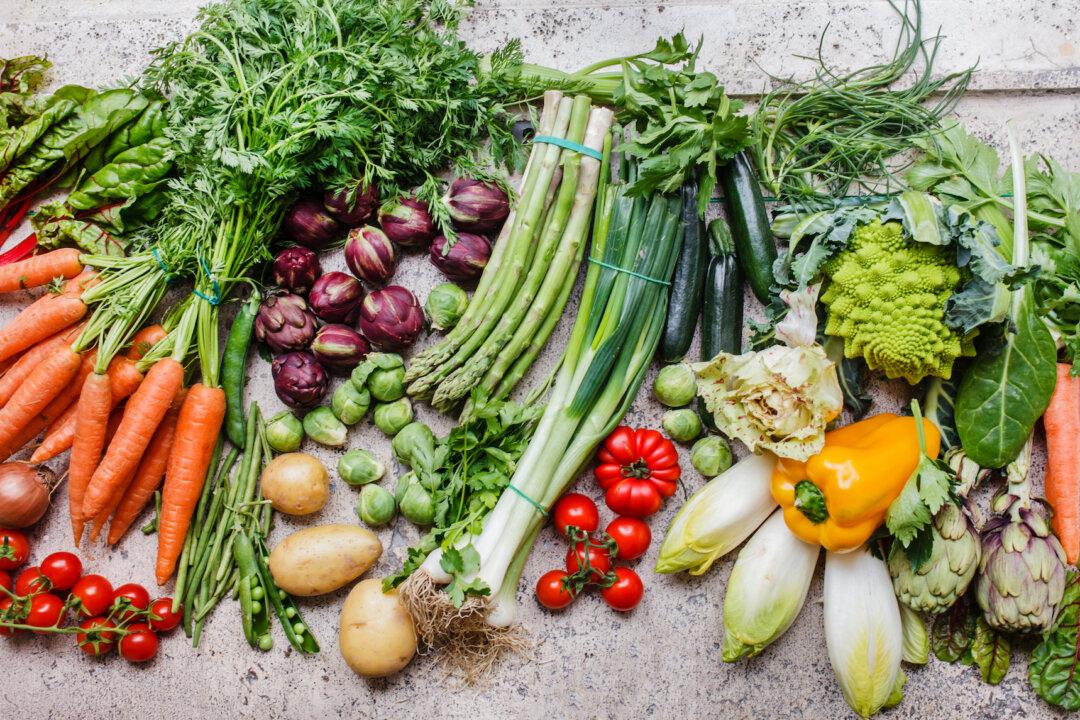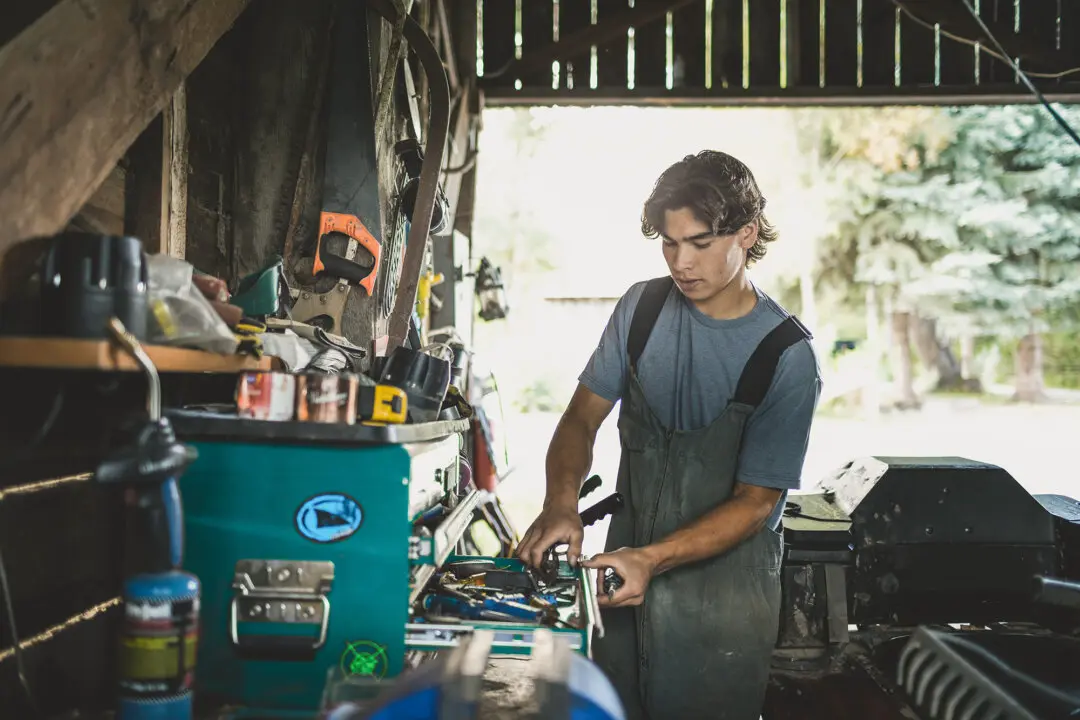When you’re looking out over a backyard or terrace garden ripe with rich, red tomatoes, deep green cucumbers, multi-color peppers, purple eggplant, and other summer treats, the focus is on making the most of the precious warm weather months. While it’s the last thing on many a gardener’s mind, now is actually the perfect time to get ready for fall harvests.
Spring isn’t the only time to start a crop six to eight weeks ahead indoors. The same setup that got a head start in spring will work equally well, or even better, for fall, as there’s no need to order seeds and dust off the overwintered pots, garden tools, and other sprouting gear. Most of the seeds left over from the spring planting (there are usually way too many in a packet) are the same cool-weather crops that will work exceedingly well as the temperatures drop out of the red. Additionally, it’s an opportunity to implement any lessons learned from the spring sprouting process without having to wait an entire year.





